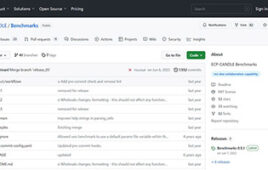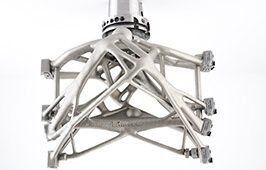 As simulation counts scale to many thousands, it becomes impossible for analysts to review all results individually. Sandia National Laboratories‘ Slycat, enables understanding of an ensemble without requiring users to view each simulation’s results. This is analogous to using text analysis to understand content in a set of documents without needing to first read them all.
As simulation counts scale to many thousands, it becomes impossible for analysts to review all results individually. Sandia National Laboratories‘ Slycat, enables understanding of an ensemble without requiring users to view each simulation’s results. This is analogous to using text analysis to understand content in a set of documents without needing to first read them all.
Slycat’s various models analyze different data types: multi-variate scalar data, temporal data, in situ generated multimedia including images, videos, pdfs and surface meshes. Different Slycat models complement each other, with results from one model informing exploration in another. The net result is rapid identification of ensemble characteristics, clusters, temporal trends, correlation between input parameters and outputs and similarity between ensemble members.
Abstract representations, interactive exploration and complex filtering allow analysts to focus on subsets of runs, enabling massive data sets to be rapidly evaluated. This reduced time to solution has proven itself useful in support of Sandia’s nuclear deterrence work. Because of its extensible framework, Slycat has been used in other mission areas: parts acceptance, evaluating test results and neuromorphic architectural comparisons.





Tell Us What You Think!